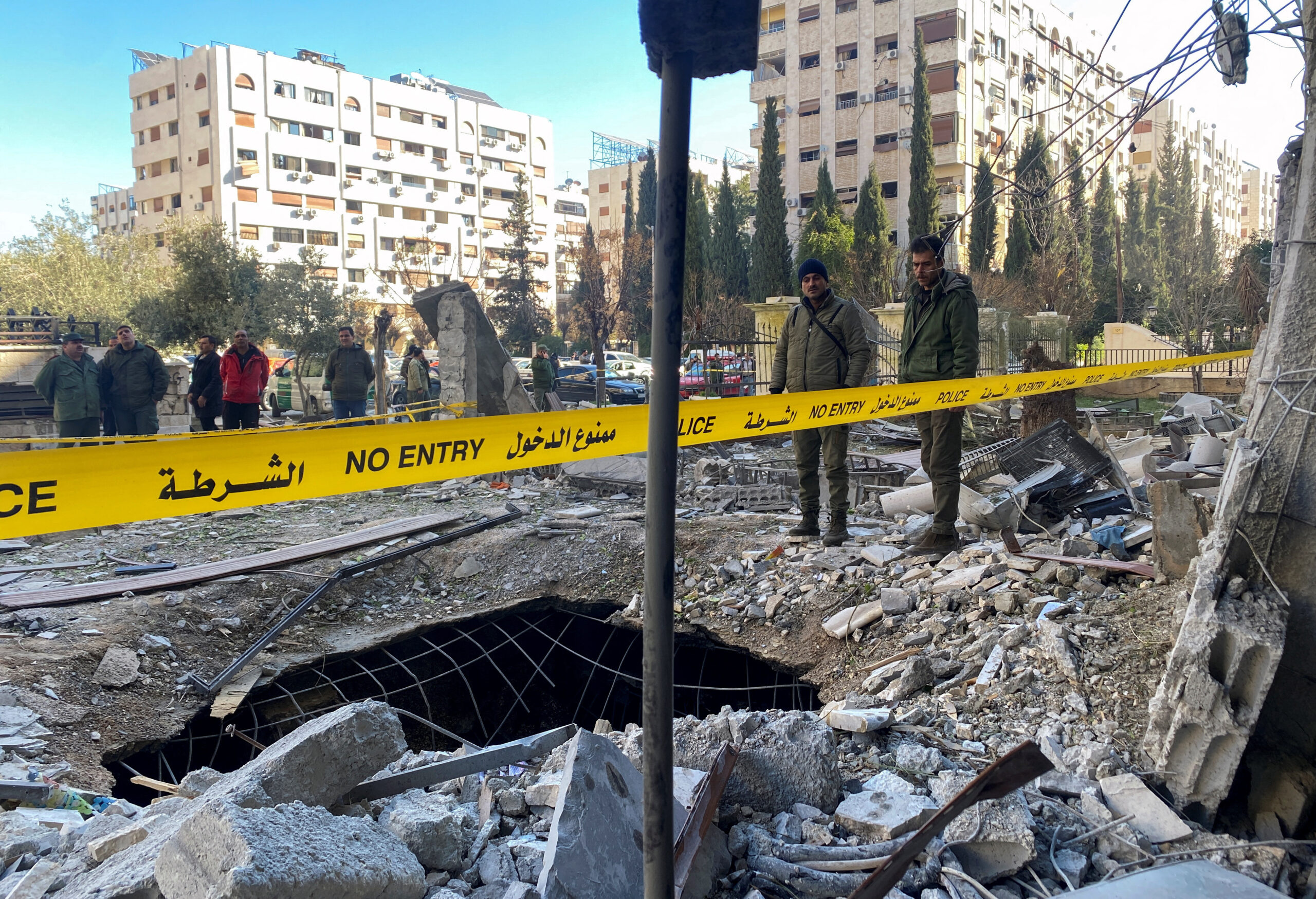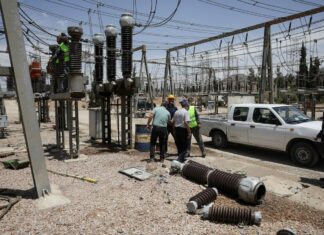
As the conflict in Gaza escalates, Israel has significantly ramped up its air campaign in Syria, targeting sites within regime-controlled areas. The intensified strikes are aimed at disrupting fuel and weapons supplies linked to Hezbollah and Iranian-backed militias, part of Israel’s strategy to curb these groups’ influence in the region.
According to a report from The Wall Street Journal, there have been 180 attacks attributed to Israel on Syrian territory since last October. Israel has largely avoided publicly acknowledging these strikes to minimize their potential repercussions, the newspaper reported, quoting former Israeli officials.
The Israeli military’s operations in Syria are part of a long-standing strategy known as the “war between wars,” which aims to limit Iran’s entrenchment and Hezbollah’s capabilities in Syria. Since 2017, Israel has conducted over 400 airstrikes as part of this effort, focusing on arms shipments, military infrastructure, and weapons production. This strategy has gained urgency as Israel’s conflict with Hezbollah intensifies in tandem with its war in Gaza.
Despite the increased frequency and aggressiveness of these airstrikes, experts warn that Israel’s tactical efforts may not be sufficient to disrupt Hezbollah’s supply lines or diminish Iran’s presence in Syria, two issues that have become more critical in light of the ongoing conflicts.
Israeli officials acknowledge that Syria remains a crucial conduit for supplies to Hezbollah, and there are growing calls within Israel’s security establishment to decide whether to expand military operations in Syria to address these threats more effectively.
On Wednesday, August 28, the Israeli military claimed responsibility for an airstrike near the Syrian-Lebanese border that killed Fares Qassem, a senior operative of the Iran-backed Palestinian Islamic Jihad, along with two other militants. The Israeli army stated that Qassem was instrumental in developing operational plans for Islamic Jihad in Syria and Lebanon and was involved in recruiting Palestinians for Hezbollah. The strike occurred on the Damascus-Beirut road near the city of Zabadani in Rif Dimashq Governorate.
The same day, Israeli planes dropped leaflets over Quneitra in southern Syria, warning against violations of existing agreements. This move is part of a broader pattern of Israeli strikes in southern Syria, often in response to rocket fire from the area. In these instances, Israel typically claims responsibility for the attacks, framing them as retaliatory measures.
However, Israel’s airstrikes are not confined to southern Syria. In recent weeks, Israeli aircraft have targeted military sites deeper inside Syria, particularly in the Homs and Hama governorates. These operations, believed to target Iranian-run facilities, have seen an uptick in frequency but are rarely acknowledged by Israel.
The increased military activity in Syria has not been without risks. On August 29, the Israeli military reported intercepting a drone that originated from Syrian territory. The drone attack, claimed by the Islamic Resistance in Iraq, a coalition of Iranian-backed militias, was purportedly in retaliation for Israeli actions in Gaza.
Despite the rising tensions and the risks of further escalation, Israel remains committed to its strategy in Syria. The Israeli military’s actions continue to focus on undermining Hezbollah and Iranian influence, even as conflict with these groups intensifies.
As Israel navigates its dual conflicts in Gaza and Syria, the question of whether to expand its operations in Syria looms large. Israeli officials and regional analysts agree that a more comprehensive approach may be necessary to effectively counter the threats posed by Hezbollah and Iranian militias in the region.








